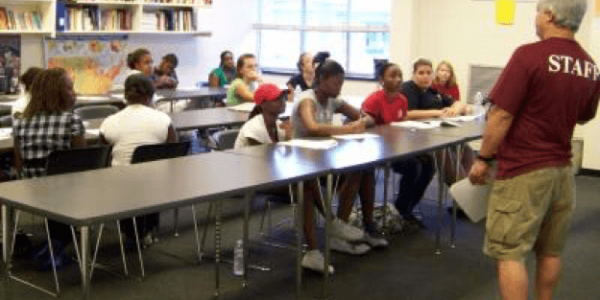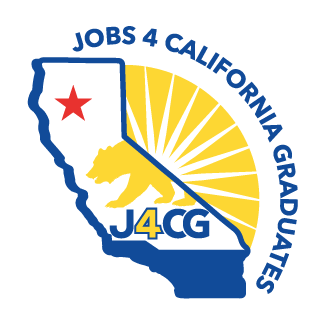Multi-Year Program Application

The Multi-Year Intervention Program has become the most popular of the high school programs in hopes of keeping students in traditional high school through graduation. Often the Multi-Year Program is started by serving students in the 11th and 12th grades only. Recruiting efforts begin while the student is still in the 10th grade. 11th and 12th grades services last for two years during the “in-school” phase of the program and support services are provided for one year following graduation.
Multi-Year Programs offer the option of eventually being expanded by the participating school to also service the 9th and 10th grades (optional), providing students with four years of support. However, the early intervention has resulted in similar graduation outcomes for those with two years or with four years of support services.
In the Jobs 4 California Graduates (J4CG) intervention in the Multi-Year Program the J4CG Specialists deliver an array of counseling, employability skills development, career association, job development, and job placement services that will result in either a quality job leading to a career after graduation or enrollment in a postsecondary education and training program, or the military.
- The 35-45 students served in the Multi-Year Program have barriers to success. It is essential for Specialists to identify barriers upon entry to the program, then, use the Barrier Tracking feature of e-NDMS to determine progress in overcoming those barriers which are not permanent.
- The Multi-Year Program model that services students in the 11th and 12th grades only, consisting of 37 competency-based modules, provides approximately 400 hours of classroom instruction for those students that stay for the two years of this Multi-Year Program model.
Note: The JAG (Jobs for America’s Graduates) National In-School Curriculum consists of 87 competency-based modules and provides 870 hours of classroom instruction for those students that stay for the four years of an expanded Multi-Year Program.
- The Multi-Year Program services also include a capstone 12-month follow-up period during which Specialists are actively involved in intensive one-on-one employer marketing and job development activities to identify entry-level job opportunities for students after graduation or GED (verify availability with educational provider or school of attendance) completion.
- Specialists assist graduates in the exploration of postsecondary educational opportunities and show them how to navigate the financial aid process to pursue these opportunities.
- Non-graduates receive additional assistance in graduating from high school or completing requirements for a GED certificate before the close of the 12-month follow-up period.
- Specialists track the labor market and schooling/training activities of these J4CG participants on at least a bi-monthly or monthly basis.
- Specialists are expected to maintain contact with students that are not able to stay enrolled in the Multi-Year Program to determine if they graduated from high school. In addition, it is of value to determine their plans to seek employment and/or pursue a postsecondary education.
Outcome Goals
J4CG Specialists are held accountable for the following process and performance outcomes:
- 90 percent high school graduation rate or GED
- 80 percent experiencing a positive outcome, including: employment, postsecondary education enrollment, or military
- 60 percent employed in a job in the public or private sectors
- 60 percent employed in a full-time job
- 80 percent in a full-time placement, including: full-time job; full-time postsecondary enrollment; or, a combination of work and school
- 80 percent improvement in attendance rate
- 80 percent improvement in self-esteem index
- 80 percent improvement in GPA
- 90 percent participation in student-led Career Association meetings and activities
- 80 percent increase using pre- and post-test knowledge assessment
- 90 percent participation in service learning projects
- 80 percent decline in discipline referrals
- Students are selected with no less than a 5.0 average number of barriers
- 90 percent of participants with reduction in one or more barriers
- Average number of contact hours per participant: 120 contact hours
- Average number of JAG competencies attained: 37 over a two-year period Multi-Year Program model, 60 over the expanded four-year period Multi-Year Program model
- 100 percent of participants are being tracked accurately and in a timely manner using the Electronic National Data Management System (e-NDMS)
- 5 percent or less of graduates in the unable to contact rate category
- 30 percent pursuit of a postsecondary education
